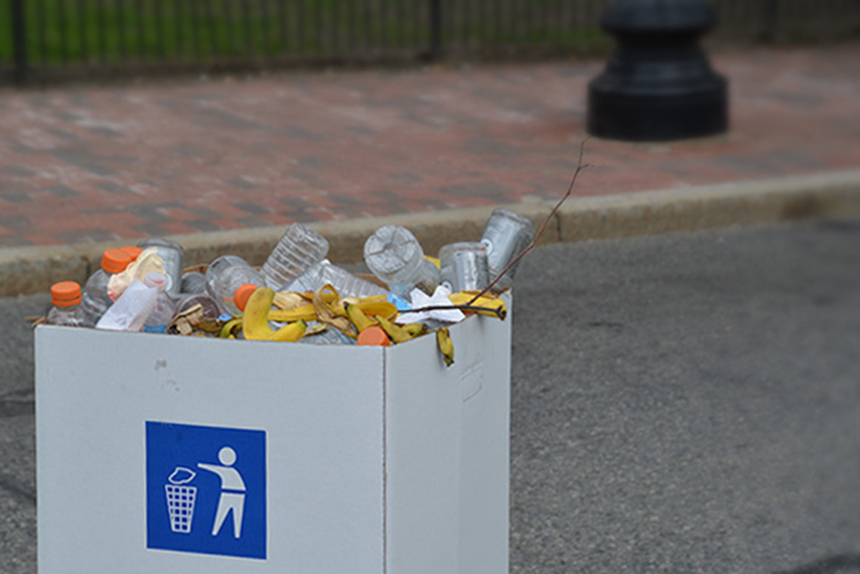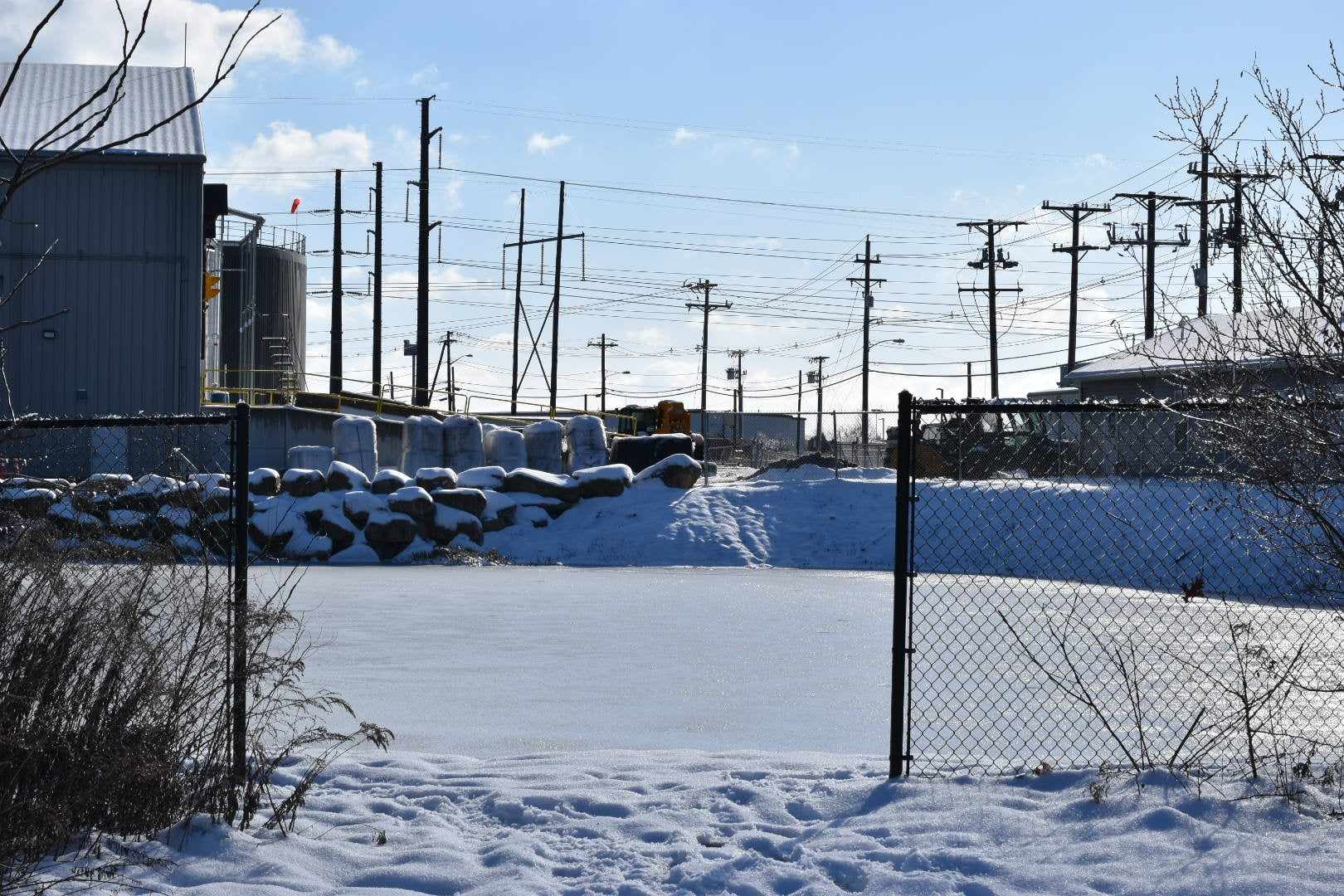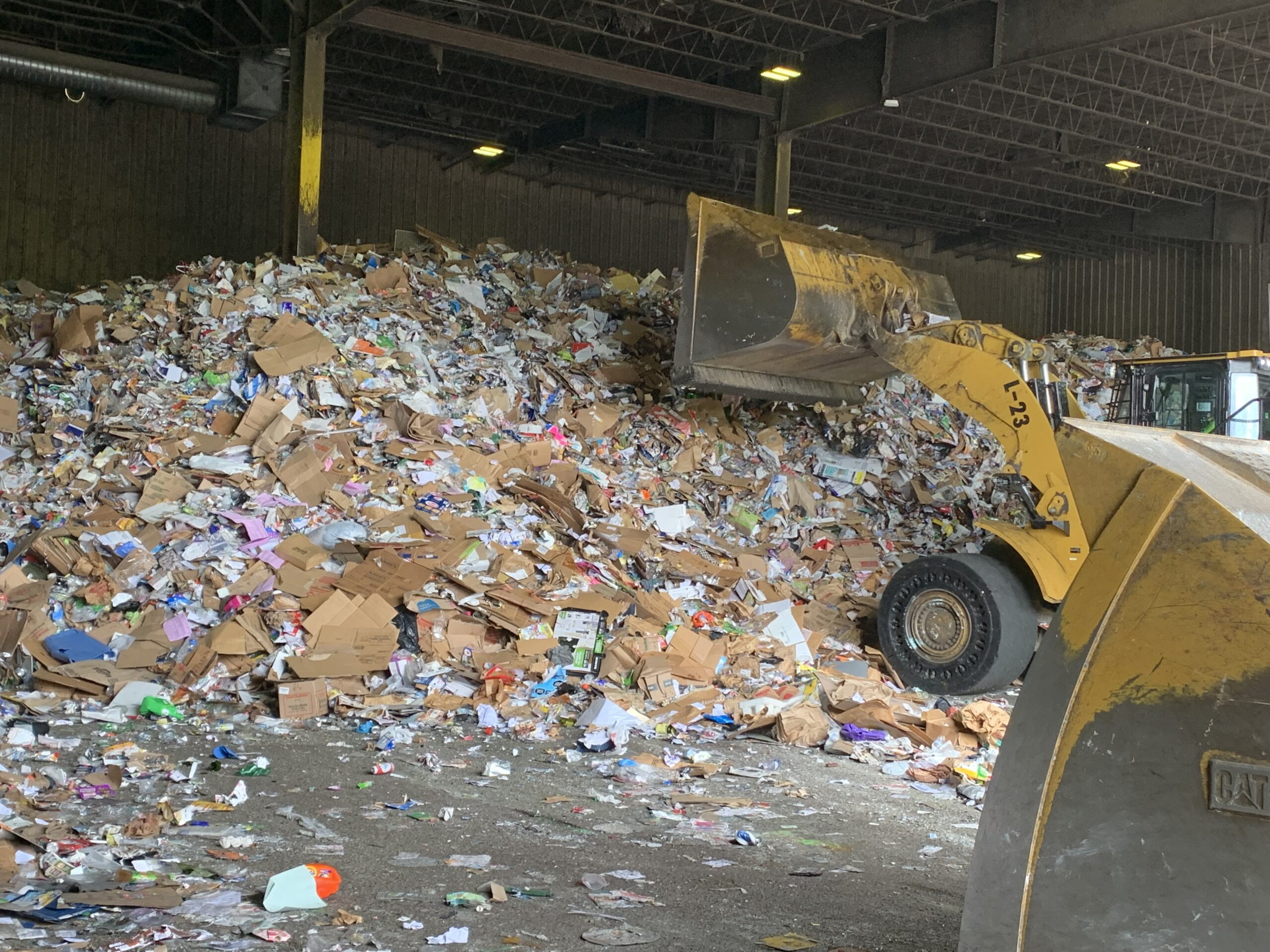Providence Expands Effort to Compost Food Scrap
May 21, 2015
Providence Composts! was piloted in 2013 with two composting hubs — West Broadway Neighborhood Association/Meader Street Farm on Federal Hill and Frey Florist on Smith Hill. The West Elmwood Housing Development Corporation hub was added the following year, with food scrap being composted at the Sankofa Initiative’s Parade Street Community Farm.
Compost buckets are obtained by residents at neighborhood hubs. Program participants fill their buckets with kitchen scraps, then return them to the hub where they receive clean replacements. The food scrap is composted by a hub manager, either at the drop-off location, or at an urban farm or community garden. Each hub can manage between 25 and 40 households. Participation is free.
This spring/summer the city will add hubs at:
Sankofa Market (Wednesdays, July-September) at the Knight Memorial Library on Elmwood Avenue.
Manton Bend Community Farm on Manton Avenue.
Brattle Street Community Garden in the West Side neighborhood.
Armory Market/Sidewalk Ends Farm (Thursdays, May-October) at Dexter Training Grounds near the armory building on the West Side.
Sessions Street Community Garden on the East Side.
The nutrient-rich compost generated by the program is used to improve soil at the composting sites by farmers and community gardeners, according to Cynar.
The expanded program, which is transitioning out of the pilot phase, will be funded by the city’s recycling profit share, which is awarded annually based on the volume of curbside recyclables it sends to the state’s recycling center in Johnston. This money is required to be spent on waste-diversion strategies, Cynar said. Previously, the program was grant funded through the city’s Lots of Hope program.
Providence Composts! will cost the city $20,000 in 2015, according to Cynar. The funds pay for Southside Community Land Trust to manage the program, technical composting assistance from Bradlee Consulting, infrastructure at compost hubs, buckets and stipends for compost hub managers.
Lofty goal
In its 2014 sustainability plan, Sustainable Providence, the city set a goal of achieving zero waste by 2033.
“It’s going to take a wide range of strategies to meet our zero-waste goal,” Cynar said. “This compost program allows for neighborhood-level awareness of composting and the importance of waste diversion. It also allows for the direct use of the finished compost at urban gardens and farms.”
Michael Bradlee, the hub manager at Frey Florist and the founder of Bradlee Consulting, said he expects Providence Composts! to be a big part of achieving the city’s lofty goal.
“I’d like to see this be the model for the whole city,” he said.
Each of the program’s hubs operates differently. At Frey Florist, Bradlee has a drop-off depot, where participants can leave buckets full of kitchen scrap 24/7. Bradlee composts the food scrap in a small community garden at the back of the property.
Richard Espeut, owner of Frey Florist, allows neighborhood residents to garden on his property for free as long as they help with site improvements. The handful of plots in the garden were recently the home of scrub trees and weeds, which the gardeners cleared away, Bradlee said.
Bradlee’s composting operation includes about a dozen aerated compost totes. He mixes the food scrap with leaves, manure and coffee grinds, then aerates the bins further with a powered auger as the scraps slowly break down. The temperature of his bins can get as high as 135 degrees Fahrenheit.
Once the material in the bin is sufficiently decomposed, the contents are emptied into a large, tarp-covered pile and left to cure. A few months later, the compost is ready to be screened and used in the garden and put into the potting mix used to grow plants in the property’s greenhouse. Bradlee also provides program participants with 5 gallons of the compost they help create.
Currently, 46 registered households at Bradlee’s hub divert an estimated 1,000 to 1,500 pounds of food scrap from the landfill monthly, up from just 300 pounds monthly last spring, according to Bradlee. He received about 20 buckets of compost during the week prior to a recent visit by ecoRI News.
Bradlee said he could increase the capacity of his hub four-fold, to between 150 and 200 participating households, if interest in the program continues to grow. Doing so would require him to design a new composting system in which materials flow more naturally, Bradlee said.
He believes Providence Composts! has the potential to capture a large portion of the food scrap city residents and businesses currently send to the Central Landfill. He estimates that the city would need between 100 and 200 composting hubs, each with 20 compost totes and space to let the material cure, to divert all of the city’s municipal food scrap.
Providence has many places it could locate compost hubs, Bradlee said, including community gardens, urban farms and city parks. He sees each location’s operation varying in size and type depending on the needs of the neighborhood and nature of the location.
He said composting costs would be offset by reduced trash-hauling costs after food scrap is removed from the landfill-bound waste stream, and from the sale of the compost.
“Unlike other recycle streams that leave the state for reprocessing, compost will be generated locally,” Bradlee said. “Thus that value-added commodity will be recycled back into Rhode Island’s economy.”




Pretty soon the whole city will be composting